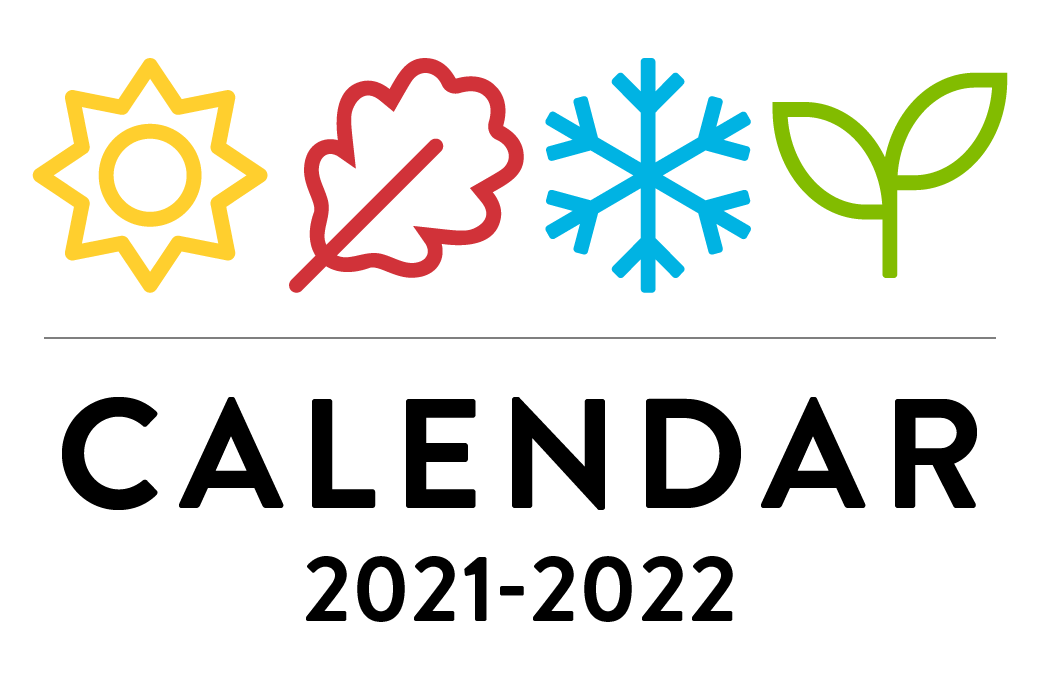First Nation Language
FNLG 100 - The Squamish Language I
3.00 credits
(4,0.45,1)
15 wks
FNLG 100 will take a communicative approach to language learning and will focus on comprehension. It will incorporate effective language learning strategies such as TPR (Total Physical Response) and TPR Storytelling. In this course, students will acquire basic vocabulary in Skwxwú7mesh Sníchim (the Squamish language) for describing the self and family. The family, as seen from a Skwxwú7mesh perspective, will be the central theme of this course.
Notes:
- Recommended that LING 102 be taken concurrently. This courses focuses on oral communications, whereas LING 102 will focus on practical and phonetic writing systems.
FNLG 101 - The Squamish Language II (Skwxwu7mesh Snichim II)
3.00 credits
(4,0,0)
15 wks
This course will continue utilizing the communicative approach to language learning and will focus on both comprehension and speaking. It will incorporate effective language learning strategies such as TPR (Total Physical Response) and TPR Storytelling. In this course, students will acquire the vocabulary in Skwxwú7mesh Sníchim (the Squamish language) from a short story entitled “Hussa”.
Prerequisites: FNLG 100
FNLG 102 - The Lil'wat Language I (Ucwalmícwts I)
3.00 credits
(4,0,0)
15 wks
This course will take a communicative approach to language learning and will focus on comprehension. It will incorporate effective language learning strategies such as TPR (Total Physical Response) and TPR Storytelling. In this course, students will acquire basic vocabulary in Ucwalmicwts (the Lil’wat language) for describing the self and family. The family, as seen from a Lil’wat perspective, will be the central theme of this course.
Notes:
- It is recommended to take LING 102 concurrently with FNLG 102. This course focuses on oral communication, whereas LING 102 will focus on practical and phonetic writing systems.
FNLG 103 - The Lil'wat Language II (Ucwalmicwts II)
3.00 credits
(4,0,0)
15 wks
This course will continue utilizing the communicative approach to language learning and will focus on both comprehension and speaking. It will incorporate effective language learning strategies such as TPR (Total Physical Response) and TPR Storytelling. In this course, students will acquire basic vocabulary in Ucwalmicwts (the Lil’wat language) for describing the living world, from a Lil’wat perspective.
Prerequisites: FNLG 102
FNLG 104 - The Lil’wat Language III (Ucwalmícwts III)
3.00 credits
(4,0,0)
15 wks
In this course, students will acquire basic vocabulary in Ucwalmícwts (the Lil'wat language) for describing cycles (the seasonal round, the cycles of life, the life cycle of salmon), from a Lil'wat perspective.
Prerequisites: FNLG 103
FNLG 105 - The Lil'wat Language IV (Ucwalmícwts IV)
3.00 credits
(4,0,0)
15 wks
In this course, we will focus on selected master works of the Lil'wat oral tradition, as well as study the grammar of complex constructions.
Prerequisites: FNLG 104
FNLG 106 - The Squamish Language III (Skwxwu7mesh Snichim III)
3.00 credits
(4,0,0)
15 wks
This course will take a communicative approach to language learning and will focus on comprehension. It will incorporate effective language learning strategies such as TPR (Total Physical Response) and TPR Storytelling. The course will use as its guide the short story “Sealiya”.
Prerequisites: FNLG 101
FNLG 107 - The Squamish Language IV (Skwxwu7mesh Snichim IV)
3.00 credits
(4,0,0)
15 wks
This course will take a communicative approach to language learning and will focus on comprehension. It will incorporate effective language learning strategies such as TPR (Total Physical Response) and TPR Storytelling. The course will use as its guide the short story “Sinulhk’ay’”.
Prerequisites: FNLG 106
FNLG 108 - The Sechelt Language I (Sháshíshálhem I)
3.00 credits
(4,0,0)
15 wks
This course will take a communicative approach to language learning and will focus on comprehension. It will incorporate effective language learning strategies such as TPR (Total Physical Response) and TPR Storytelling. In this course, students will acquire basic vocabulary in Sháshíshálhem (the Sechelt language) for describing the self and family. The family, as seen from a Sechelt perspective, will be the central theme of this course.
Notes:
- It is highly recommended that LING 102 be taken concurrently with FNLG 108.
FNLG 109 - The Sechelt Language II (Sháshíshálhem II)
3.00 credits
(4,0,0)
15 wks
This course will continue utilizing the communicative approach to language learning and will focus on both comprehension and speaking. It will incorporate effective language learning strategies such as TPR (Total Physical Response) and TPR Storytelling. In this course, students will acquire basic vocabulary in Sháshíshálhem (the Sechelt language) for describing the living world, from a Sechelt perspective.
Prerequisites: FNLG 108
FNLG 110 - The Sechelt Language III (Sháshíshálhem III)
3.00 credits
(4,0,0)
15 wks
This course utilizes the communicative approach to language learning and will focus on both comprehension and speaking. It incorporates effective language learning strategies such as TPR (Total Physical Response) and TPR Storytelling. In this course, students will acquire basic vocabulary in Sháshíshálhem (the Sechelt language) for describing cycles (the seasonal round, the cycles of life, the life cycle of salmon), from a Sechelt perspective.
Prerequisites: FNLG 109
FNLG 111 - The Sechelt Language IV (Sháshíshálhem IV)
3.00 credits
(4,0,0)
15 wks
This course utilizes the communicative approach to language learning and will focus on both comprehension and speaking. It incorporates effective language learning strategies such as TPR (Total Physical Response) and TPR Storytelling. In this course, we will focus on selected master works of the oral tradition.
Prerequisites: FNLG 110
